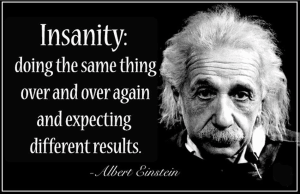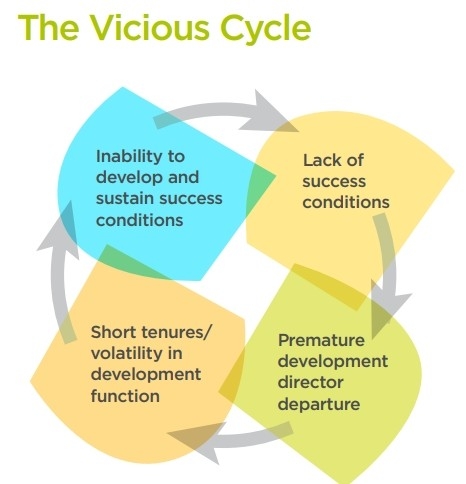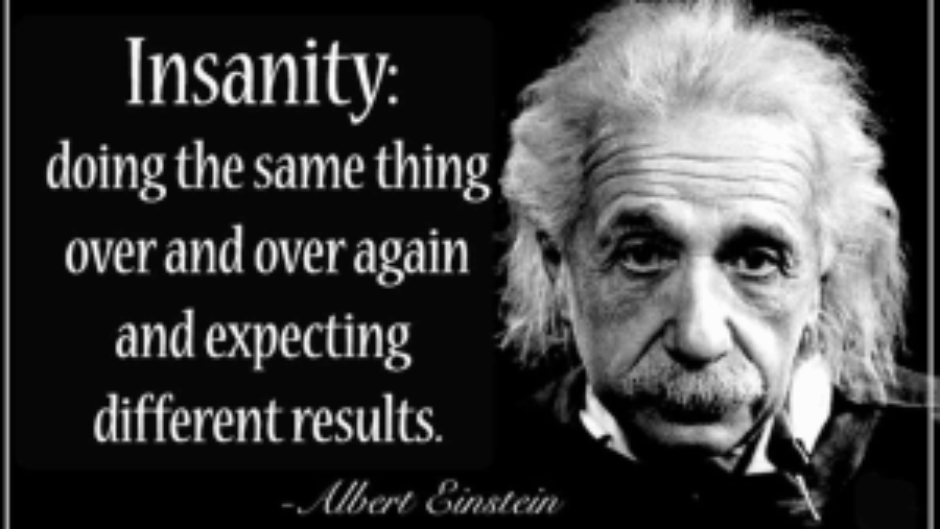
So many non-profits have a fiscal year-end of December 31. And with the new year comes a new budget. And in turn, that comes with new positions (or existing positions) that have to be filled. There are some challenges in our profession and a bit of forethought in ensuring a successful hire will go a long way in the long run. Trust me.
There is a great report from 2013 (it’s an oldie but a goodie) from Compass Point & The Evelyn and Walter Haas Jr. Fund, entitled UnderDeveloped: A National Study of Challenges Facing Nonprofit Fundraising. Since then, this report has been followed by many AFP papers about the state of staffing in fundraising, specifically the large turnover (and burnout).
There were some key findings in the UnderDeveloped report that may help in a successful hire thought process:
Approximately half of Development Directors anticipate leaving the organization within two years. WOW. That’s super scary. The report concludes that the smaller the organization, the more likely that is to ring true. But why? Could this be a scarcity of resources (pay, tools)? Perhaps the smaller shops have a hard time competing with the larger shops to pay appropriately — according to the study, there is a full 100% disparity in pay between the smaller organizations (budgets less than $1 million) and the largest ones (budgets great than $10 million). Could it be a cultural thing (lack of fundraising culture)? Or could it just be that the CEO is a nightmare to work with?
The Churn has an Effect on Successful Hires
It usually takes 18 to 24 months to fully onboard a fundraiser. That means that you are in constant ‘onboarding’ mode (with the staffing churn) and never able to think strategically — you are too busy filling holes! That does not make for a successful hire. Furthermore, a whopping 40% of fundraisers are thinking about leaving the fundraising profession completely. This is a huge issue. I think that a big disconnect (with the ED/CEO and/or the Board) drives this exodus. Those of us that have chosen this type of work have realized that they could be making much more money in the for-profit world, but that isn’t why we choose to stay. We all want to make a difference. And when we have been so defeated that we can no longer make a positive difference, we move on. Sometimes the experience(s) jades us so much that we leave the profession completely.
The Bosses have an Effect on Successful Hires
Almost one-third of ED/CEO’s are unhappy with the performance of the Development Directors. Hmmmm. What’s even more interesting is that the ‘happy factor’ rises as the organization size gets larger. Maybe it is because the smaller shops rely on a smaller fundraising department, where large organizations (<$10 million) have a large team so the Development Director is but one piece of a machine. But what are the ED/CEO’s unhappy about? I would surmise that it stems from a lack of understanding/respect for what the Fundraiser does. Or, perhaps, the ED/CEO is unhappy about their role in fundraising and this unhappiness manifests itself as being unhappy with the fundraiser. This is the next conclusion.
One in four ED/CEO’s report that they lack skills and knowledge to secure gifts – and one in five don’t particularly like doing it. Holy Bat-logic, Batman! The ED/CEO should be involved intimately with the Top 20 donors to your organization. Involving them in each step of the process — from cultivation to solicitation to stewardship. This is where the ED/CEO can inspire donors by sharing their vision for a brighter future. When the ED/CEO isn’t recruited with a specific fundraising portfolio, it would be challenging to introduce that after the fact.
Less than half of development directors say they have a strong relationship with the ED/CEO. Perhaps it is due to the fact that the ED/CEO doesn’t like securing gifts. (It’s hard to have a meaningful relationship if it isn’t based on mutual respect — if you don’t like doing what is, in essence, is what your colleague does day-in and day-out, there will be a huge disconnect.) Often the ED/CEO is recruited for a certain set of skills and fundraising traditionally isn’t one of them — they absolve themselves of the responsibility of fundraising and move it exclusively on to the Development Director.
The Culture has an Effect on Successful Hires
Having a culture of Philanthropy is often misunderstood. Many ED/CEO’s would say that they strongly agreed that their organization has a culture of philanthropy, but the Development Director wouldn’t be nearly as positive in their opinion. There is another disconnect in understanding what the role of the Development department does (and stands for). Additionally, there may be a disparity in actually defining what a culture of Philanthropy is — just because you say something exists doesn’t necessarily mean that it does truly exist.
Many development directors question the effectiveness of their organizations’ fundraising. Many fundraisers believe they could be raising much more money if their organizations’ leaders would devote more attention and resources to building fundraising capacity and developing a culture of Philanthropy. That contributes to a large turnover of staff when they have to manage up (change a culture from the grassroots level). A Board member once asked me what it would take to raise an additional $X annually. I replied “three more fundraising staff members”. It is pretty easy to measure the efficacy of hiring more staff. If more fundraisers meet with donors and prospects face-to-face, we will inevitably be more successful. Additionally, if there isn’t a culture of Philanthropy, you are most certainly leaving ‘money on the table’ as all the players (from boards to staff, from vendors to members) aren’t fully engaged.
Three-quarters of the ED/CEO’s call Board member engagement insufficient. I would agree. I would also examine the circumstances with respect to the recruitment of the individual Board members (just like the recruitment of the ED/CEO). Was fundraising an expectation at the outset? Managing expectations is a huge challenge. If it isn’t delineated properly at the onset, there will be huge incongruities between expectations.

Steps to Take
So what can we do to STOP THE INSANITY?
- Everybody in the organization needs to embrace fundraising — it is not a ‘necessary evil’!
- The ED/CEO, as well as the Board, must be involved in fundraising. That doesn’t mean that everybody needs to ask for money. There are many ways to be a fundraiser, from cultivation to stewardship.
- Look at where there are gaps in the existing fundraising program. In the fundraising world, the ROI for hiring staff is amazingly high, so a (relatively) small investment will yield great dividends.. I wrote about it here and here.
- The team (and dare I say, the organization) should be constantly learning. There are so many great sources of information and training out there (many resources are even free). My friend, Maryann Kerr calls this ‘continuous improvement’.
- Create a climate of success — what would it take for your team to be successful? Do you know what success looks like? Furthermore, what would a successful hire look like?
- Success isn’t just driven by the mad skills that the fundraisers have, rather it is also driven by strengths in strategic planning, relationship building, and listening.
So, in conclusion, I would make sure that before you make a new successful hire, you make sure that the conditions to succeed are present. Nobody wanted to be on the Chicago White Sox between 1918 and 2005 (going for over 85 years between World Series wins). Nobody wants to be somewhere that they or their work isn’t appreciated.
Until next week,
L’chaim
jack




